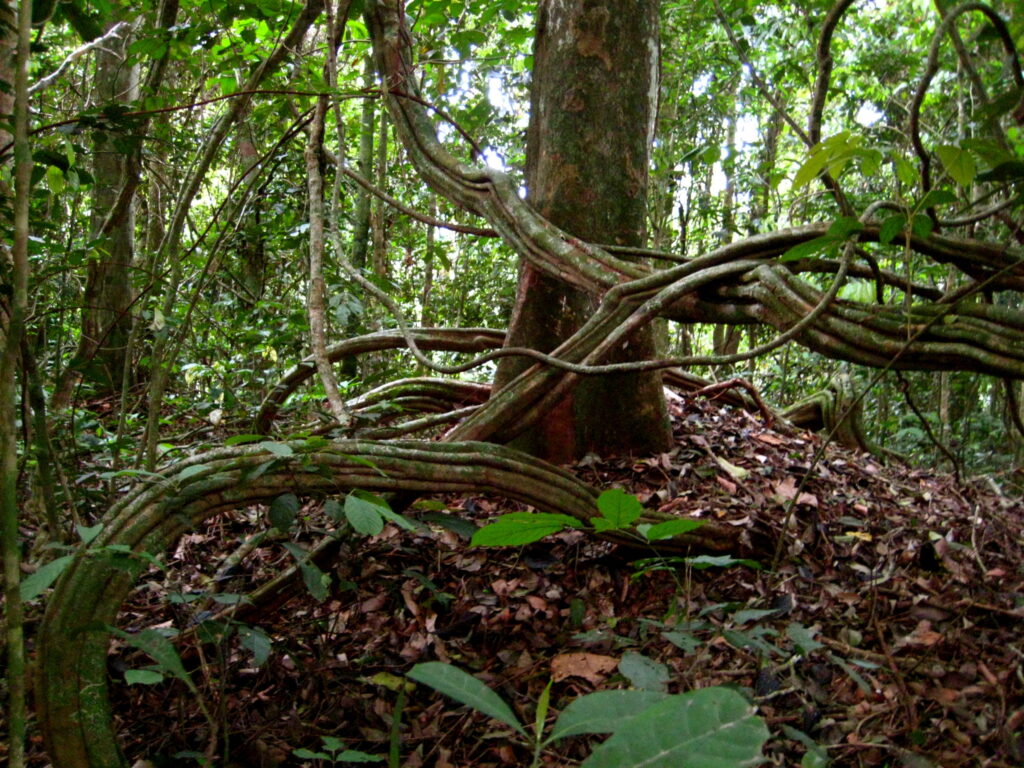Flagship project takes off to identify key sites for protecting nature in two megadiverse regions
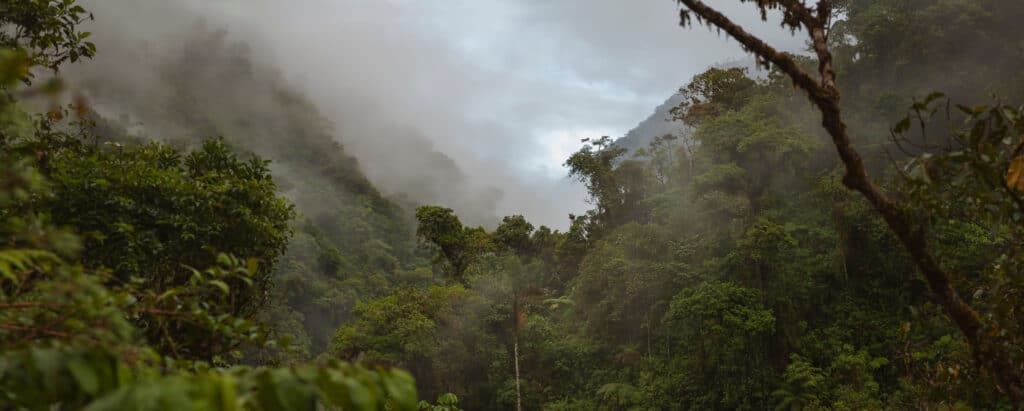
Since early 2022, the Key Biodiversity Areas (KBA) Partnership has begun the process of identifying the most important sites for nature in two of the world’s most biodiverse regions, the Tropical Andes and the Congo Basin. Funded by the Bezos Earth Fund, this project is a critical step to ensuring that these vital sites for nature are protected.
From vast tropical rainforests and teeming wetlands to colourful coral reefs and coastal mangroves, Key Biodiversity Areas (KBAs) are sites of outstanding importance for the conservation of species and ecosystems. They are identified using a global set of criteria, that can be used to identify the most important sites for any group of species, both on land and water. The KBA Partnership which now includes 13 of the largest conservation organizations of the world, including BirdLife was launched in 2016 to identify and promote the protection of these vitally important areas.
Since the beginning of this year, the Partnership has been implementing a project in two megadiverse regions, the Tropical Andes and the Congo Basin, to develop comprehensive inventories of KBAs using local knowledge and expertise, funded by the Bezos Earth Fund through BirdLife International. Despite the Tropical Andes and Congo Basin both being well-known biodiversity hotspots – as well as being some of Earth’s most vital carbon sinks – pinpointing the precise locations of the most important sites has long been a challenge.
Given KBAs often form the backbone of site-based conservation efforts, guiding the protection of areas that are most important to sustaining life on earth, this is a vital step to ensuring that the thousands of species that call these regions home are protected. As Zoltan Waliczky, the global project coordinator says: “This is the biggest project so far attempting to identify a comprehensive set of KBAs in several countries at the same time. Experience gained through the project implementation will be vital in scaling up KBA work throughout the world.”
The participating countries are Bolivia, Colombia, Republic of Congo, Democratic Republic of Congo, Ecuador, Gabon and Peru. The project is implemented largely by national and international non-governmental organizations, including several BirdLife partners, with the exception of Colombia where a scientific institution is taking the lead.
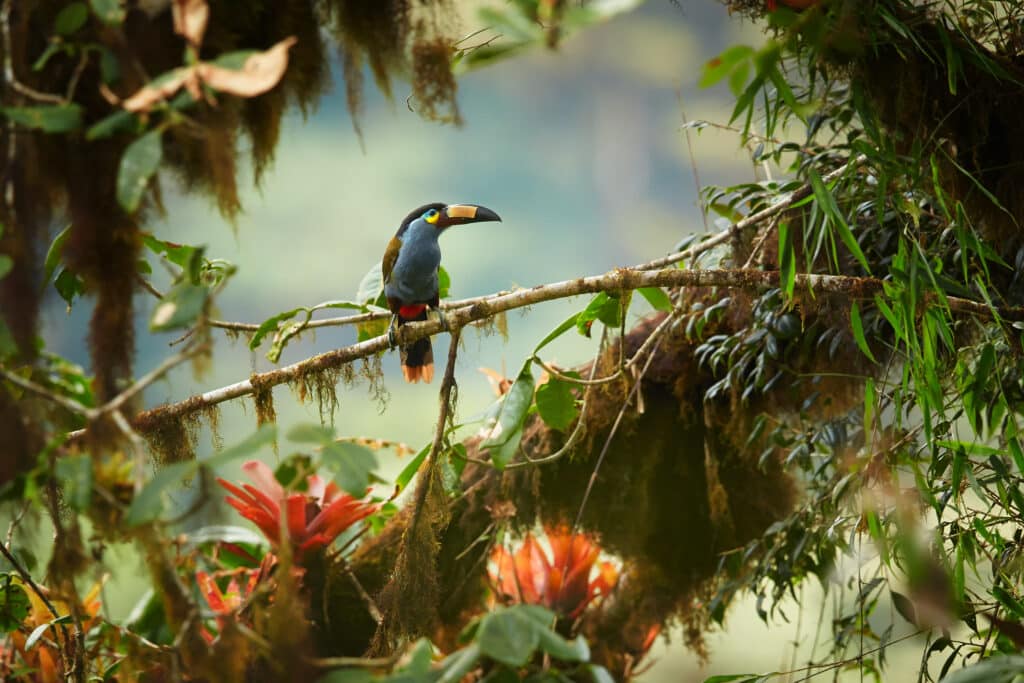
“This is the biggest project so far attempting to identify a comprehensive set of KBAs in several countries at the same time. Experience gained through the project implementation will be vital in scaling up KBA work throughout the world.”Zoltan Waliczky, the global project coordinator and Global IBA Coordinator at BirdLife
Extraordinary collaboration
Identifying KBAs is no simple task, however, it is essential to secure the collaboration of a wide range of institutions and organizations at the national level. Specialists in distinct groups of animals, such as mammals, birds, amphibians and butterflies, as well as plants all need to work together to identify those places that are globally important for preserving nature. They are brought together under the umbrella of KBA National Coordination Groups (NCGs), the membership of which includes government institutions, universities, herbaria and museums, non-governmental organizations as well as independent experts who have relevant data. It is also highly recommended that organisations representing indigenous communities participate in these NCGs, as indigenous territories are usually well-preserved and home to a rich diversity of species.
“This project is very important and challenging. Its relevance lies in inquiring and reaching the national scientific community in all its spectrum, as well the ancestral original native nations which territories are still protecting and sustaining the national biodiversity,” says Manuel Sanchez Nivicela KBA coordinator at Fundación Jocotoco, a BirdLife Partner.
During the first 10 months of the Bezos KBA project, work was focused on establishing these NCGs in the project countries. The first step was to identify the relevant organizations and institutions in each country with relevant data on diverse groups of animals, plants and ecosystems. These organizations were then invited to a series of meetings to understand the concept of KBAs and the role an NCG plays in identifying and documenting these all-important sites. Terms of reference, membership and ways of organizing the work of NCGs are discussed and agreed upon, after which the group is officially launched.
Preparing for the next steps
As one of the important results of the project, NCGs have now been established all but one of the project countries, with representatives of 83 organizations, and have already began preparing to assess sites. “Thanks to the KBA initiative, in Bolivia we have succeeded in mobilizing more than 100 researchers and experts from at least 18 organizations with extensive experience in biodiversity conservation and management, which promises to carry out one of the most comprehensive assessments to include priority species and ecosystems into a network of key areas for their conservation”, says Diego Peñaranda, KBA coordinator for Asociación Armonia (BirdLife in Bolivia).
Given the KBA concept is relatively new and the criteria to identify these sites are complex, experts often need to be trained on how to apply these criteria to identify KBAs. The KBA Partnership has developed a training course about the identification of KBAs, which through support by the project has been made available in three languages online (English, Spanish and French). These training workshops have now been completed in each of the seven project countries, building the skills of more than 200 participating experts representing 94 organisations. These workshops also allowed for discussions on the next steps in the KBA identification process and helped experts to organize the exchange of data and applying the KBA criteria. Short work plans were developed with milestones to aid this process after the workshops.
“The dedication and the different tools that are being generated as part of the evaluations have really excited me because it reflects the incredible talent that exists and that can be scaled up to other regions,” says Maria Toscana, IBA/KBA Programme Manager for BirdLife Americas and a trainer at some of these workshops. “For the first time, multidisciplinary groups are being structured at the national level to coordinate not only the identification of KBAs but also their incorporation in the different conservation and planning strategies. This point motivates me a lot because I hope that inter-institutional collaboration will be forged with a common objective, the conservation of biodiversity in the most important places”.
With support from the project, the World Database of Key Biodiversity Areas was overhauled and updated, providing a global platform where experts can propose, review, and publish KBAs they identify. Querying of the KBA data is now possible online by anyone and we encourage people interested in KBAs to investigate it further.
Now that the NCGs are established in most countries and workshops have been held for participating experts, the project enters its crucial next phase, which is to collate and analyze data to reassess existing KBAs and identify new ones – a critical step for the future of conservation in these regions. “This is our last chance to save the important and unique biodiversity of the tropical Andes. Sometimes it feels like an incessant battle against extractivism (mining and oil) and intensive agriculture and fishing that seems to be devouring all life on the planet,” says Manuel Sanchez Nivicela. “ … I still don’t get tired, and I hope I never do get tired, of pursuing both scientific and ancestral knowledge, [and to push for these to be] used and consulted for better environmental policies.”
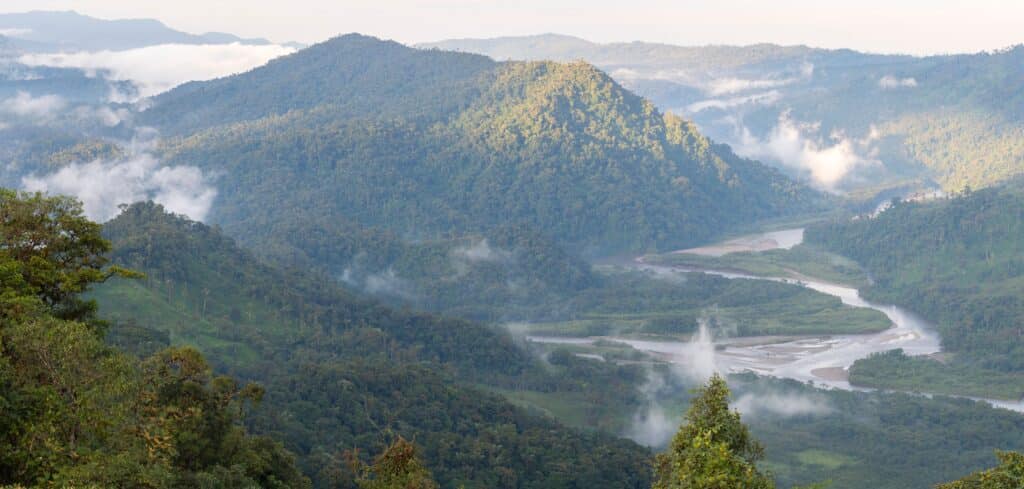
“Thanks to the KBA initiative, in Bolivia we have succeeded in mobilizing more than 100 researchers and experts from at least 18 organizations with extensive experience in biodiversity conservation and management, which promises to carry out one of the most comprehensive assessments to include priority species and ecosystems into a network of key areas for their conservation”Diego Peñaranda, KBA coordinator for Asociación Armonia (BirdLife in Bolivia)
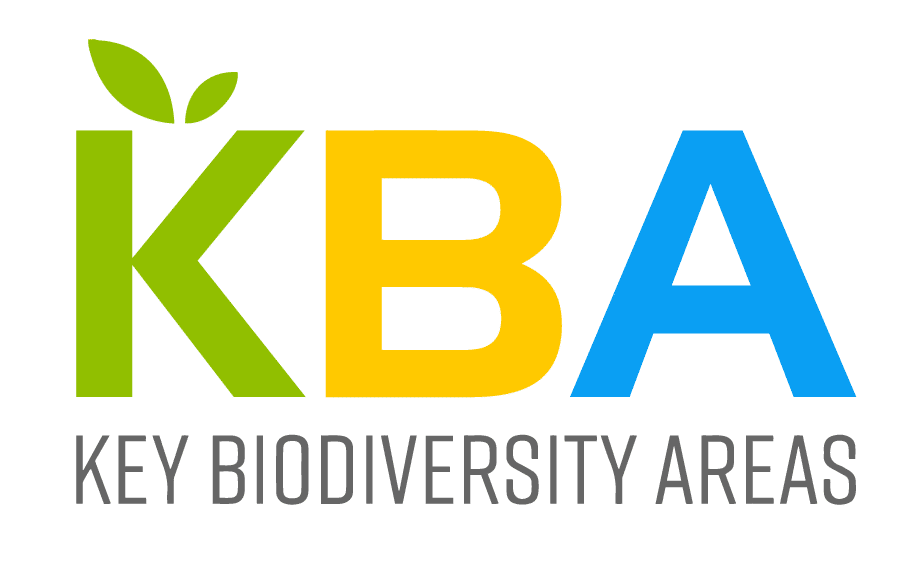
The members of the Key Biodiversity Area Partnership are: American Bird Conservancy, Amphibian Survival Alliance, BirdLife International, Conservation International, Critical Ecosystems Partnership Fund, Global Environment Facility, International Union for the Conservation of Nature, NatureServe, Rainforest Trust, Re:wild, Royal Society for the Protection of Birds, Wildlife Conservation Society, World Wildlife Fund.
The Bezos Earth Fund was created by a commitment of $10 billion from Jeff Bezos to be disbursed as grants within the current decade. The Fund committed to fighting climate change and protecting nature.
